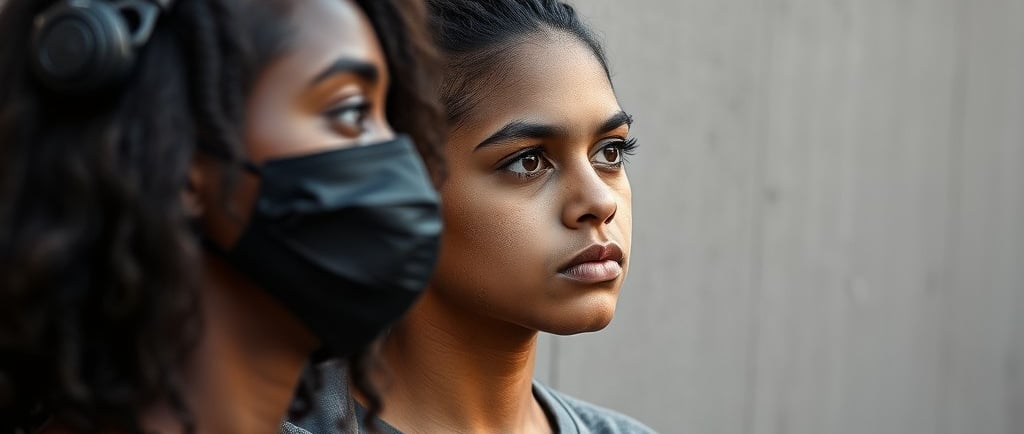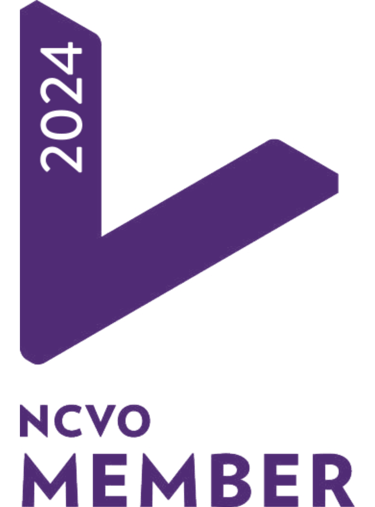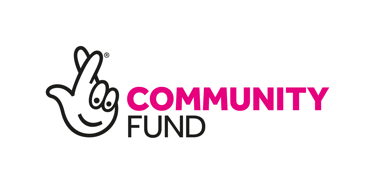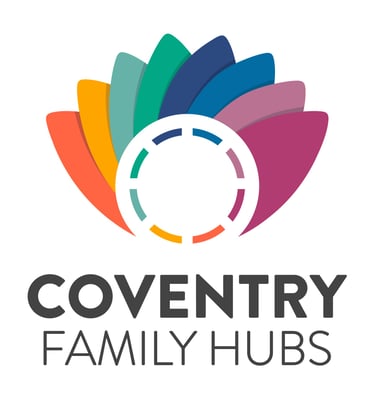Empowering Marginalized Youth: Why Music and the Arts Are Essential
Music and arts are excellent spaces to help young people overcome life barriers. Many young people face daily challenges of poverty, disability, sexual orientation, social exclusion, poverty, abuse, discrimination and more.


Marginalized youth are young people who face significant challenges due to factors such as poverty, race, ethnicity, gender, disability, sexual orientation, or social exclusion. These young individuals often experience systemic barriers that limit their access to opportunities, resources, and support, hindering their ability to participate in society and reach their full potential.
This marginalization can manifest in various ways—through discrimination, limited educational opportunities, lack of access to healthcare, unemployment, or social stigma. For many, these experiences lead to feelings of isolation, frustration, and a lack of hope for the future. However, despite these challenges, marginalized youth often possess immense strength, resilience, and creativity.
Music, arts, and creative expression offer powerful tools for empowerment and healing. By providing these young people with platforms to express themselves, share their stories, and connect with others, we can help them reclaim their voice and agency. Music can break down barriers, create solidarity, and offer a sense of belonging, all while fostering self-worth and personal growth. Through mentorship, support, and a sense of community, marginalized youth can transform their struggles into powerful expressions of identity and resilience.
It’s important to recognize and uplift marginalised youth's unique experiences and perspectives, not just as victims of circumstance but as dynamic individuals with incredible potential to create change in their lives and the world around them. By creating spaces that foster creativity and celebrate their contributions, we can help them realize their power and potential for a brighter, more inclusive future.
Empowering Marginalized Youth: Why Music and the Arts Are Essential
Marginalized young people face significant challenges every day. Whether they are dealing with economic hardship, discrimination, or lack of access to essential resources, the barriers they encounter can often feel insurmountable. Yet, despite these struggles, many young people facing adversity are incredibly resilient, resourceful, and full of untapped potential.
Music and the arts are among the most powerful tools available to help these young people overcome their circumstances. For marginalized youth, creative expression can be more than just a way to pass time; it can be a vital lifeline that offers healing, empowerment, and a sense of belonging. In this blog, we'll explore why music and the arts are such critical resources for marginalized young people and how they can spark change, build resilience, and create pathways to brighter futures.
1. A Platform for Self-Expression
For many marginalized youth, the world can feel like a place where their voices are ignored or silenced. They may not feel heard in school, at home, or in their communities. Music and the arts offer a powerful platform for self-expression, allowing these young people to share their stories, emotions, and experiences in ways that words alone may not capture. Whether through writing lyrics, creating visual art, or performing, creative outlets enable youth to communicate what they may otherwise struggle to articulate.
This expression fosters a sense of validation. It helps young people feel that their experiences are worthy of recognition and that their voices matter. In a world where they might often feel overlooked or misunderstood, music and the arts help them reclaim their narrative and give them the opportunity to show the world their true selves.
2. Building Confidence and Self-Worth
Many marginalized youth experience a deep sense of low self-esteem. They may feel less capable or less deserving of success because society often tells them they are "less than." The arts provide a space where these young people can not only explore their creativity but also discover their own abilities and strengths. The process of creating something from nothing, whether it's a song, a painting, or a dance routine, can be incredibly empowering.
As they see their creations come to life, these young people build confidence in their talents and themselves. Music, in particular, can offer immediate gratification—a finished song or a successful performance can serve as proof of their growth. This confidence can spill over into other areas of their lives, helping them to take on new challenges and believe in their ability to succeed, both artistically and personally.
3. A Safe Space for Healing
Music and art have long been recognized for their therapeutic qualities. For marginalized youth, many of whom have experienced trauma, discrimination, or hardship, the arts offer a safe and constructive space to process difficult emotions. Whether they are channeling their pain into a song or using art to reflect on their experiences, creative expression can serve as a form of emotional release and healing.
Participating in music or art also promotes mindfulness and mental well-being. Studies have shown that engaging in artistic activities can reduce stress, anxiety, and depression, providing emotional stability for young people who may feel overwhelmed by their challenges. The arts help them understand and manage their emotions in a healthy way, while also giving them a sense of control over their lives during difficult times.
4. Fostering Connection and Community
One of the most powerful aspects of music and the arts is their ability to bring people together. For marginalized youth who may feel isolated, participating in artistic endeavors can foster a sense of connection with others. Whether through collaborative music projects, group art workshops, or performances, young people are given the opportunity to bond with peers who share similar passions and struggles.
This sense of community is incredibly important for marginalized youth. It counters feelings of loneliness and alienation, offering them the chance to be part of something bigger than themselves. Additionally, being part of a creative community can create a sense of belonging, which is essential for young people who may not feel supported or valued in other areas of their lives. The connections made through music and the arts can be lifelong, forming a network of peers, mentors, and allies who continue to support each other’s growth.
5. Breaking Down Social Barriers
Music and the arts have the unique ability to transcend societal divides, whether they be racial, economic, or cultural. When young people from different backgrounds come together to make music or create art, they have the opportunity to share perspectives, learn from each other, and break down the barriers that often separate them. This can be especially empowering for marginalized youth, who may feel distanced from mainstream society.
Artistic projects and performances can also draw attention to the social issues these young people face, amplifying their voices and fostering empathy in others. Through art, they can highlight their experiences of discrimination, inequality, and struggle, inviting the wider community to engage with their reality. In doing so, they not only express their personal stories but also challenge stereotypes and stereotypes that are often placed on marginalized groups.
6. Opening Doors to Future Opportunities
Beyond the immediate emotional and social benefits, involvement in music and the arts can also open up long-term opportunities for marginalized youth. Skills developed through artistic endeavors—such as discipline, collaboration, problem-solving, and creativity—are highly transferable and can enhance future educational and career prospects. Many young people who begin their artistic journey end up pursuing careers in music, visual arts, theater, or even entrepreneurship, creating pathways for financial independence and personal growth.
Moreover, art programs often provide mentorship, skill-building, and networking opportunities that might not otherwise be accessible. By getting involved in music or the arts, marginalized youth gain exposure to a wider world of possibilities, expanding their horizons and learning how to navigate different environments. These opportunities can have a lasting impact on their future success and help break the cycle of poverty or disadvantage.
Conclusion: A Pathway to Empowerment
In the face of adversity, music and the arts offer marginalized youth a powerful means of reclaiming their voice, building resilience, and transforming their lives. Through creative expression, young people not only gain confidence and healing but also develop skills and connections that can propel them toward a brighter future. The arts provide them with the tools to break down barriers, overcome challenges, and realize their full potential.
As a society, it is crucial that we continue to support and invest in creative programs that uplift marginalized youth. By providing them with the resources, space, and opportunities to explore their artistic talents, we can help them rewrite their stories and create the change they wish to see in the world.










